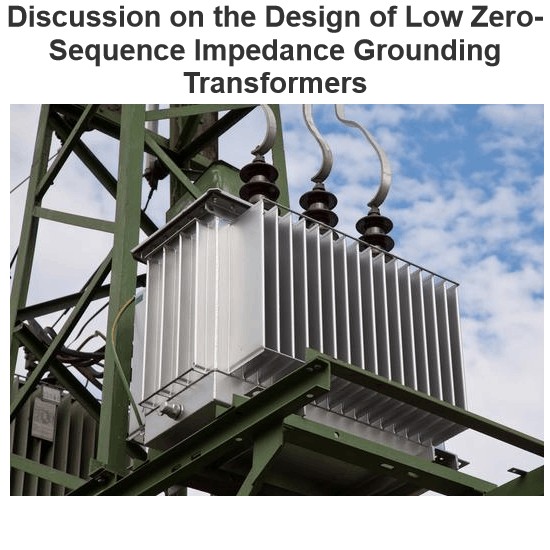| Brand | POWERTECH |
| Model NO. | NF-820 High & Low Voltage Wire Tracker For Cable/ Pipe/Wire |
| Signal transmission distance | <10km |
| Signal sensitivity distance | 0-2m |
| Series | NF |
Features
Upgrade: Upgraded after nf-816, can detect cable location in underground or other invisible cable, the range is 0-2m.
Signal sensitivity&Power: The signal sensitivity and power for transmitter and receiver is adjustable according to the actual situation.
High voltage resistance: Locate the wire towards which high or low voltage with alligator clip that can access AC400V high voltage without burning equipment.
AC anti-interference mode: Easy to track with complete AC anti-interference mode.
Cable Tracker: Capable trace cable, such as single conductors, 2-core or multi-core cable.
Tracking range: Detect cable location in underground or other invisible cable, the range is 2-meter depth, 1000-meter length.
Certification: Passes RoHS, FCC, and CE compliance testing
100% Affordable: Manufactured in China and a lot cheaper than competitor products with similar quality.
Specifications
Main |
|
Model Number |
NF-820 |
Detecting cable type |
Network cable, Telephone cable, network cable, multi-core metal line, ect. |
Country of origin |
China |
Connector Type |
RJ-11, Alligator clip |
Signal transmission distance |
distance: Up to 10km |
Max depth distance |
2m(6.6inch) |
Signal Display |
Speaker and indicator |
Material |
ABS+electric parts |
Power Source Type |
Lithium Battery, 3.7V 1100mAh-1800mAh, Direct Power Supply via Micro USB |
Technical parameters |
||
Power supply |
Emitter |
3.7V lithium battery 1800Amh |
Receiver |
3.7V lithium battery 1100Amh |
|
Low battery indicate |
Emitter |
≤ 150mA ± 10% |
Receiver |
≤ 80mA ±10% |
|
Working current |
Emitter |
≤3.5V LED light flashing |
Receiver |
Same as Emitter |
|
Charging current |
800mA |
|
Signal transmission format |
Multi-frequency pulse |
|
Signal output level |
21Vp-p |
|
Signal transmission distance |
<10km |
|
Signal sensitivity distance |
0~2m |
|
Dimension (L×W×H) |
Emitter |
152×55×34 mm |
Receiver |
252×45×28 mm |
|
One set |
262×135×60 mm |
|
Weight ( battery include) |
Emitter |
0.143kg |
Receiver |
0.200kg |
|
One set |
0.343kg |
|
Accessories |
|
Tone generator |
x 1ps |
Amplifier probe |
x 1ps |
3.7v lithium battery |
x 2ps |
5V 1A power charging adaptor |
x 1ps |
USB charging line |
x 1ps |
Earphone |
x 1ps |
User manal |
x 1ps |
Carry case |
x 1ps |
Color box |
x 1ps |
certificate of quality |
x 1ps |
How does a tracker measure the buried depth of a cable or pipe?
Connecting the Transmitter:Attach the transmitter to a known cable or pipeline, or use clamps to couple the signal to the cable or pipeline.
Selecting the Frequency:Choose the appropriate frequency based on the type of cable or pipeline. Different types of cables or pipelines may require different frequencies.
Activating the Transmitter:Turn on the transmitter to start transmitting the signal.
Using the Receiver for Localization:Carry the receiver and walk along the ground to search for the position with the strongest signal. When the received signal is the strongest, it indicates that you are close to the actual location of the cable or pipeline. By rotating the receiver, determine the direction of the cable or pipeline.
Measuring Depth:Estimate the burial depth of the cable or pipeline based on the changes in signal strength provided by the receiver.
Marking the Location:Use flag markers or other indicators to mark the location of the cable or pipeline.
Disconnecting:After completion of the localization, disconnect the transmitter from the cable or pipeline and turn off the equipment.






